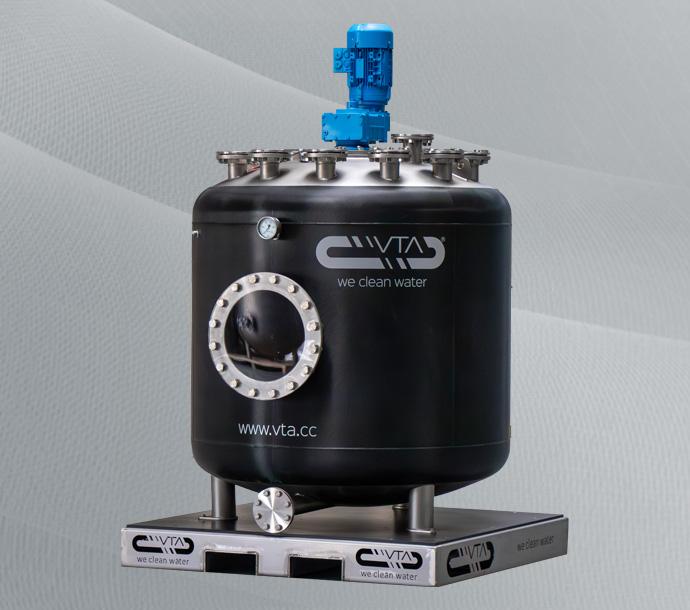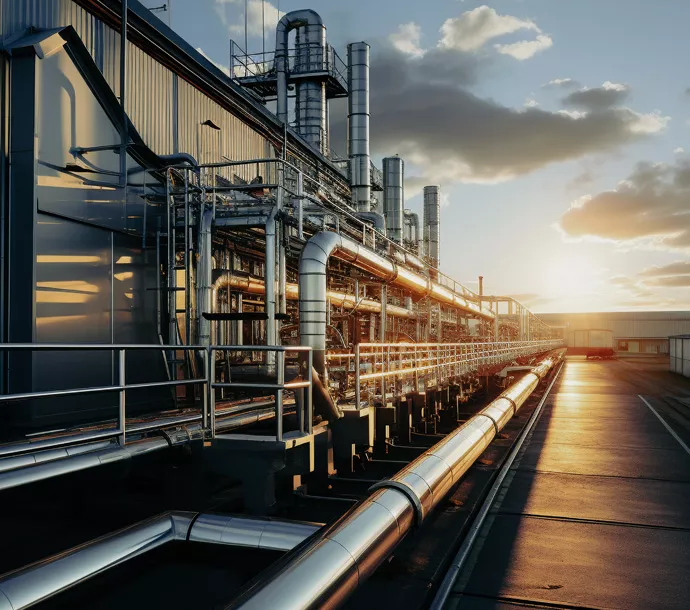
Optimised sewage sludge treatment, stable digestion process and cost reduction.
Reduced costs thanks to improved sewage sludge treatment and a stable digestion process.


Optimum sewage sludge treatment, stable digestion operation and reduction of costs – this is what reverse flow disintegration (GSD) with ultrasound, a patented process from VTA Technologie GmbH, has to offer.
Making organic substances bound in the sewage sludge available for further biological degradation (anaerobic or aerobic).
Optimised sewage sludge treatment, stable digestion process and cost reduction.
Unpressurised, fully automatic operation
No foaming in the digestion tower and up to 30 % more biogas
Rapid amortisation
Up to 20 % less sludge
Up to 20 % less polymer

The cell walls of the microorganisms are stable, but the ultrasound brings a lot of energy to the cell wall. The cells are broken down by ultrasound. Cells now consist of aqueous solutions on the inside. The usable proportion of nutrients in the sludge increases due to their digestion (e.g. salts, carbohydrates, proteins, etc.).
In addition, the cell walls are accessible from both sides, so that the buffering effect of the cell content does not come into play. For this reason, the cell wall can be broken down more quickly and serves as a food source for the bacteria. An increased food base leads to an increased population and greater activity. The metabolism increases. This enables a larger amount of organic material to be converted into digester gas.
Mode of action of countercurrent disintegration in two steps. Homogenisation and cell disintegration.


Inefficient digestion:
International studies show that 50% of all digestion plants work unsatisfactorily.
VTA Ultrasound reverse flow disintegration:
Cells are broken down. This enables an increase in the amount of digester gas and the production of electrical energy by up to 30%.
Cost savings by increasing gas and energy production
• stabilisation and optimisation of the digestion process
• reduction of sewage sludge and polymer consumption
From analysing the raw wastewater to commissioning and training by experienced process engineers - we support you throughout the entire process.
Contact us now:
